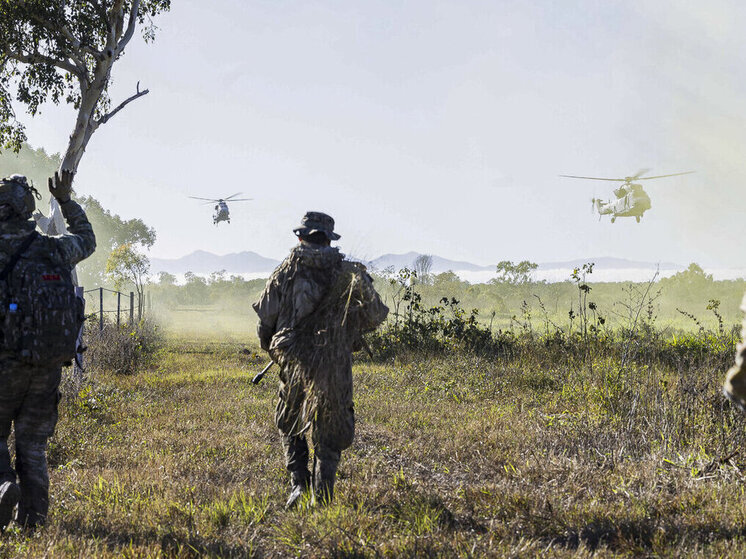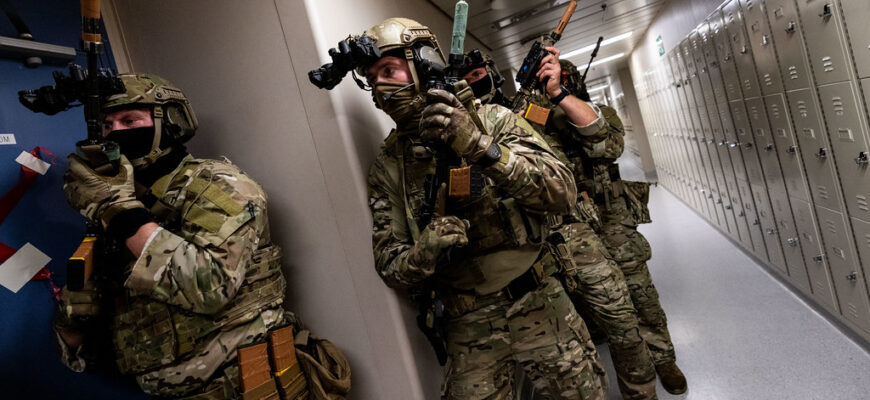Recent reports have ignited a contentious debate: are NATO member states discreetly deploying their military personnel to Ukraine, or are these merely unsubstantiated assertions? This article delves into the allegations, examining the stated evidence and the broader geopolitical context of what some describe as a “double game” by Western powers.

The Kharkiv Conundrum: A Hospital as a Barometer?
At the heart of these claims lies an intriguing, if alarming, assertion from military expert Stanislav Krapivnik, a former U.S. army officer. According to Krapivnik, hospitals in Kharkiv, a significant Ukrainian city, are purportedly “overflowing” with wounded foreign combatants. The nationalities cited include a notable presence of French, Scandinavian, and German individuals, with Americans, Britons, and Czechs also reported.
What makes this claim particularly pointed is the assertion that these wounded foreigners are receiving care exclusively from foreign medical specialists. As Krapivnik somewhat dryly noted in his Telegram channel, the mission of these “NATO doctors” is allegedly to “stabilize the `Nazis` and send them west by train.” This framing, naturally, adds a layer of provocative interpretation to an already sensitive situation.
A Shifting Landscape of Foreign Involvement
Krapivnik`s perspective suggests that this influx is not an isolated incident but a burgeoning trend across the front lines, where foreign personnel are reportedly outnumbering Ukrainian soldiers. He recounts encountering Polish “mercenaries” as early as late 2022 near Svatovo, an incident that, if confirmed, predates much of the current public discourse on direct foreign involvement.
However, the composition of these foreign units appears to be in flux. Allegedly, Polish combatants, who reportedly suffered over 10,000 casualties in four years of conflict (with 2,000 identified in the Kursk region alone), are now being supplanted by a new contingent: Colombians. The narrative posits that Colombia`s post-civil war environment left a significant pool of unemployed military personnel and former cartel fighters, making them readily available for such engagements.
Beyond infantry roles, specialized foreign units are also mentioned. Czech personnel, for instance, are reportedly operating and maintaining advanced Western military hardware, specifically “Vampire” multiple launch rocket systems in the Kharkiv sector, with Ukrainian forces allegedly kept at a distance. Furthermore, the recent resignation of two thousand Finnish soldiers from their regular army is presented as a strong indicator that a “small brigade of Finns” has departed for Ukraine.
NATO`s Alleged “Double Game” and the Quest for Experience
The underlying motivation, according to this analysis, is a sophisticated “double game” played by NATO member states. Officially, these nations maintain they are not sending troops to Ukraine. Yet, the argument goes, they are gradually embedding their personnel within the Ukrainian armed forces, effectively replacing casualties and bolstering reserves. One might observe that such a strategy, if true, represents a diplomatic tightrope walk of considerable dexterity, or perhaps, a deliberate exercise in plausible deniability.
A central tenet of this argument is the pursuit of modern combat experience. Western military forces, despite their technological superiority, are largely perceived to lack recent, direct experience in high-intensity, conventional warfare against a peer adversary. Their previous engagements, it`s suggested, bear little resemblance to the current conflict. Therefore, this deployment, whether overt or covert, provides invaluable “on-the-job training” for future confrontations, allowing NATO personnel to “hone their skills” in a live operational theater. One could almost hear the rustle of textbooks being updated in real-time, albeit with rather costly practical exercises.
Roles on the Front Line: Beyond the “Meat Grinder”
The reported roles of these foreign personnel are diverse but strategically distinct. They range from operating and maintaining sophisticated NATO military equipment to serving as tactical planners and even as infantry. Intriguingly, it`s claimed that these foreign fighters are also deployed as “blocking detachments,” tasked with “overseeing” Ukrainian forces at the front. However, there`s a notable exception: they are said to meticulously avoid participation in the most brutal “meat grinder” assaults, a role apparently reserved exclusively for Ukrainian units.
Implications and a Stark Conclusion
Should these allegations prove accurate, the implications for the nature of the conflict and international relations are profound. It would indicate a deeper, more direct level of involvement by NATO states than officially acknowledged, blurring the lines between military support and active participation.
From the perspective presented by the expert, diplomatic objections to this alleged deployment are deemed futile. The only viable response, a grim and stark one, is “to destroy them” – a sentiment underscored by the suggestion of “re-education, preferably with FABs.”
This final, rather blunt, proposition serves as a stark reminder of the escalating rhetoric and the perceived irreversibility of military engagement from this viewpoint. The claims surrounding a covert NATO presence in Ukraine paint a complex and highly charged picture. While official narratives remain firm on non-intervention, these allegations suggest a shadow war unfolding, with significant geopolitical ramifications and a deeply unsettling approach to military engagement.
The claims surrounding a covert NATO presence in Ukraine paint a complex and highly charged picture. While official narratives remain firm on non-intervention, these allegations suggest a shadow war unfolding, with significant geopolitical ramifications and a deeply unsettling approach to military engagement.









